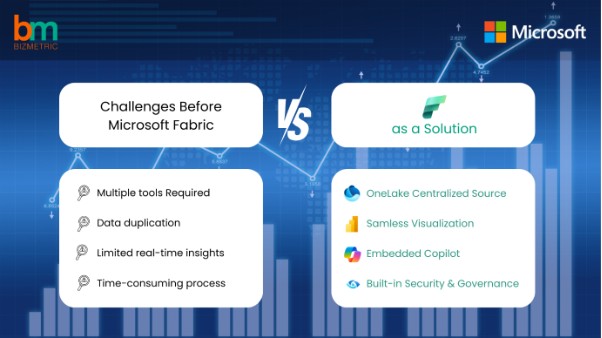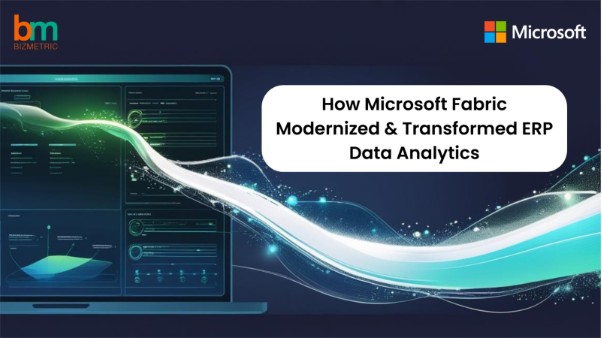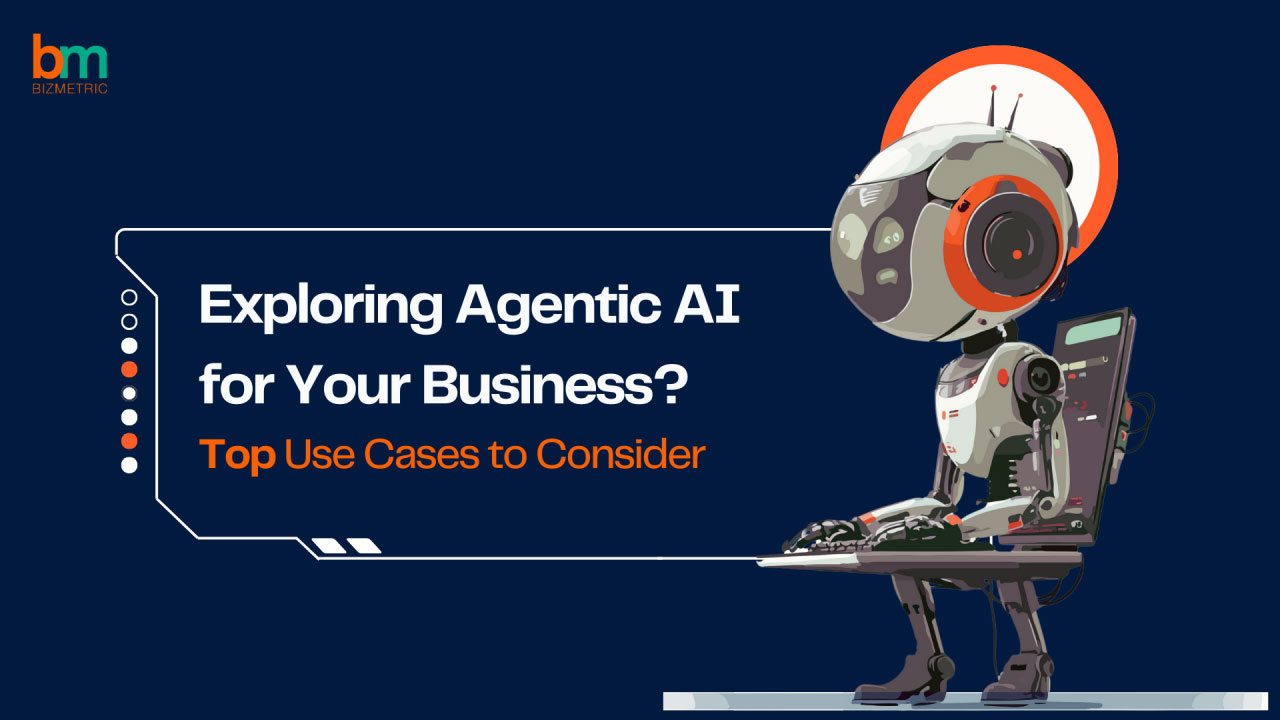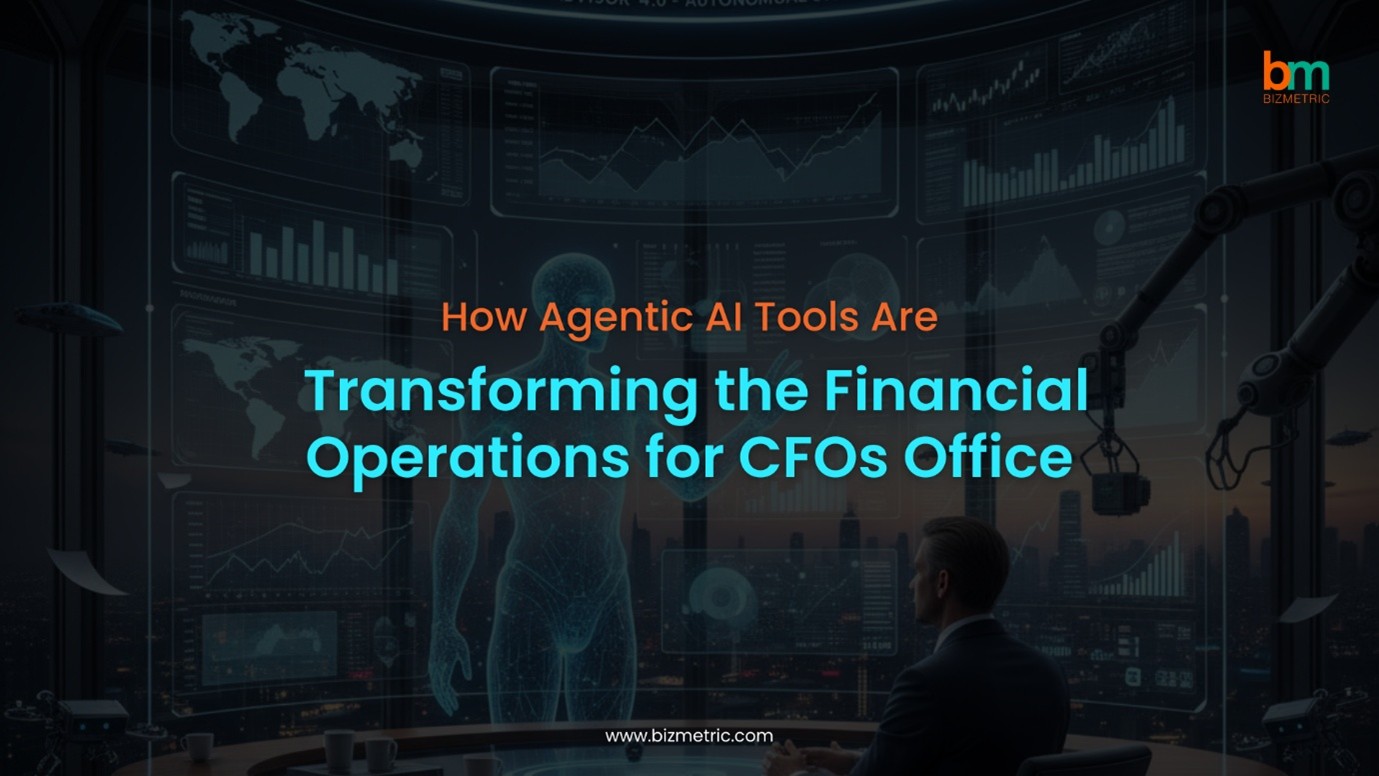When Microsoft introduced Fabric in 2023, the analytics space was already filled with powerful tools like Databricks, Snowflake, and Synapse. While having solid competition, Fabric stood out by providing a complete, easy-to-use platform that brought together data engineering, science, real-time analytics, and business intelligence in a single SaaS solution. Fabric brought usability, integration, and intelligence, especially for organizations struggling with fragmented data stacks, disjointed governance, and delayed decision-making.
Challenges Before Microsoft Fabric
Prior to the launch of Fabric, enterprise data operations encountered the following challenges, across industries:
- Multiple tools to manage ingestion, transformation, and reporting
- Time-consuming process to build end-to-end data products
- Data duplication between lakes, warehouses, and BI tools
- Limited real-time insights and poor collaboration between business and tech teams

Microsoft Fabric as a Solution
With the introduction of Fabric, enterprises can overcome these challenges by reducing costs, expediting development, and aligning IT, analysts, and business stakeholders.
Microsoft Fabric transformed this by:
- Introducing OneLake as the single centralized source
- Supporting DirectLake mode for seamless Power BI access
- Embedding Copilot across experiences for faster insight generation
- Offering built-in security and governance with Purview and Microsoft 365 integration
Why Fabric Emerged as a Top Unified Analytics Platform
Even with Databricks and Snowflake stronghold, Fabric was the first to connect all analytics components natively to create a Lakehouse or unified data platforms. Fabric is the first to natively connect all components within a single Microsoft-native experience, setting itself apart in key areas.
In existing unified analytics platforms, BI and visualization integration was external using Power BI, Tableau, or similar other tools while Fabric offers native Power BI–first experience.
AI assistance is add-on or emerging in other platforms while in Fabric, Copilot is embedded from the start. For Microsoft ecosystem and all-in-one platform, other analytics platforms require connectors, but Fabric has deep integration with Microsoft 365, Teams, Azure Active Directory integration. For enterprises already running Microsoft workloads, Fabric removes additional layers and accelerates data outcomes.
How Fabric Changed the Game for Manufacturing
Regardless of industry, Fabric has been a pivotal tool for analytics. In manufacturing industry, real-time decisions, sensor data, and plant-level analytics are critical, and Fabric can help here. It empowers everyone in the chain, from operations managers to supply chain heads to make informed decisions with trusted, real-time insights.
Manufacturing industry is facing these issues without having an analytics platform in place:
- Delayed reporting from ERP, MES, and SCADA systems
- Poor visibility into operations and maintenance cycles
- Disconnected dashboards and redundant datasets
Fabric helps solve this with:
- Real-time analytics built natively for streaming scenarios
- Unified data models that combine shop-floor data with enterprise metrics
- Simplified data access via Power BI, Excel, and Teams
Bizmetric is Enabling Fabric-Led Transformation
Bizmetric has been a leading implementation partner for Microsoft Fabric, with deep focus across industries and a strong footprint in F128 implementation (with the first F128 implementation in Asia Pacific Region). With more than 20 Fabric implementations, Bizmetric has a team of more than 300 certified Microsoft resources. Here are some of the key capability areas:
- Extensive experience across Fabric capacities from F2 to F128, supporting small to enterprise-scale workloads
- Accelerators for ERP data integration from Oracle, SAP, and Dynamics 365 into Fabric Lakehouse architecture
- Migration frameworks for Power BI Premium, Tableau, Spotfire, and Azure Synapse to Microsoft Fabric (Hands-on expertise with every capacity)
- Accelerators for multi-layered Lakehouse architecture (bronze, silver, gold) for clean and scalable data in short time
- Creation of reusable semantic models and dynamic KPIs for consistent reporting across departments
- Built Spark-based ELT/ETL pipelines and Fabric notebooks for batch and near real-time processing
- Implemented real-time analytics using Kafka and Fabric Eventstreams for live dashboards and alerts
- Established secure, multi-tenant architecture with RBAC, workspace hierarchy, and Purview integration
We have built real-time accelerators for quick implementations without waiting on long ROI cycles. Looking to simplify your analytics landscape with Fabric? Bizmetric helps you cut through the complexity. Contact our team now!







Write a Reply or Comment
You must Register or Login to add a comment.